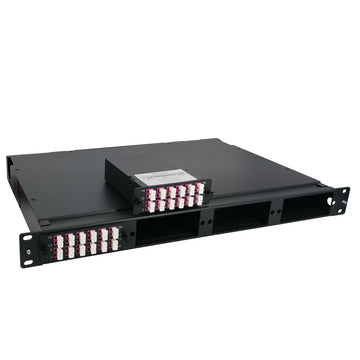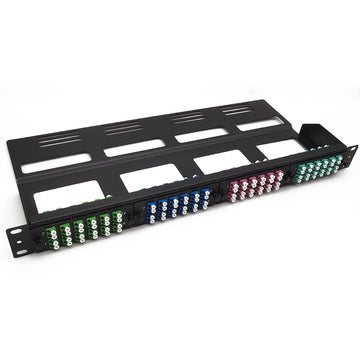Fiber Optic Splitter
Fiber optic splitter is an optical passive device used to realize the splitting and combining of optical signals. Fiber Splitter distributes the light energy which transmitted in one fiber to two or more fibers in a set ratio, or combines the light energy which transmitted in multiple fibers into a single fiber.
PLC Working Principle
When a single mode fiber conducts an optical signal, the light energy is not concentrated in the core, there are a little of light will transit through the cladding layer. When the cores of two fibers are close enough, the mode field of the light transmitted in one fiber can enter the other fiber, and the optical signal is redistributed in both fibers.
What Is The Difference of FBT vs PLC Splitter
FBT vs. PLC Fiber Optic Splitters – What’s The Difference?
What Is PLC fiber optic splitter?
How To Use PLC Splitter In PON Network
Optical splitter is the core optical device in passive optical network (PON) system, widely used in fiber-to-the-home (FTTH), which has two different distribution methods in FTTH network: centralized distribution and cascaded distribution.

Cascading Splitting ->
The cascaded splitting method has no fiber splitter at the central office. The OLT ports are directly connected/spliced to the external plant fiber. The first stage splitter (1:4 or 1:8) is installed in a closed location not far from the central office. The input of the first stage fiber splitter is connected to the OLT fiber from the central office. The second stage fiber taps (1:16 or 1:8) are located in a termination box very close to the customer’s location, covering 8 to 16 homes per tap. The input to these PON taps is the fiber from the output of the first stage taps described above.



















